
KEK explores the laws of nature and the basic structure of materials. Institute of Particle and Nuclear Studies(IPNS), Institute of Materials Structure Science(IMSS), Accelerator Laboratory(ACCL), Applied Research Laboratory(ARL), International Center for Quantum-field Measurement Systems for Studies of the Universe and Particles(QUP) and J-PARC Center are working together to conduct research.
Exploring Multilaterally from the Microscopic World to the Cosmos

Institute of Particle and Nuclear Studies (IPNS)
IPNS conducts a wide range of particle and nuclear physics research from both experimental and theoretical approaches to explore the behavior of elementary particles and nuclei, which are the fundamental building blocks of matter. In addition to clarifying the mysteries of the microscopic world, such as elementary particles, we use high-energy accelerators to challenge the fundamental question of how the universe was born.
Research
- Searching for new physics to unravel the mysteries of the universe — SuperKEKB / Belle II
- Aiming to discover new physics with unprecedented high energy — Energy Frontier Group
- Searching for the ultimate theory of fundamental physics — Theory Center
Understanding the Structure and Function of Matter using an Accelerator

Institute of Materials Structure Science (IMSS)
IMSS elucidates the structure and function of materials on a broad scale, from the atomic level to the polymer and biomolecule level, by using synchrotron radiation, neutrons, muons, and slow positrons generated from accelerators and conducts research in materials and life science from fundamentals to applications. Through collaboration between various quantum beam facilities, we promote multi-probe research that enables the observation of the same substance from multiple perspectives and contributes to the advancement of materials science by developing and studying beam generation and application technologies.
Research
- Investigating the arrangement of atoms on the surface of a photocatalyst — Positron diffraction experiments
- Looking into fragments of asteroid Ryugu — Synchrotron radiation experiments and muon experiments
- Pursuing the causes of diseases from basic biology and contributing to drug discovery — Cryo-electron microscopy experiments and synchrotron radiation experiments
- Finding the reason why stomach cancer is common in Asia — Synchrotron radiation experiments
Developing and Operating Accelerators and Designing the Next
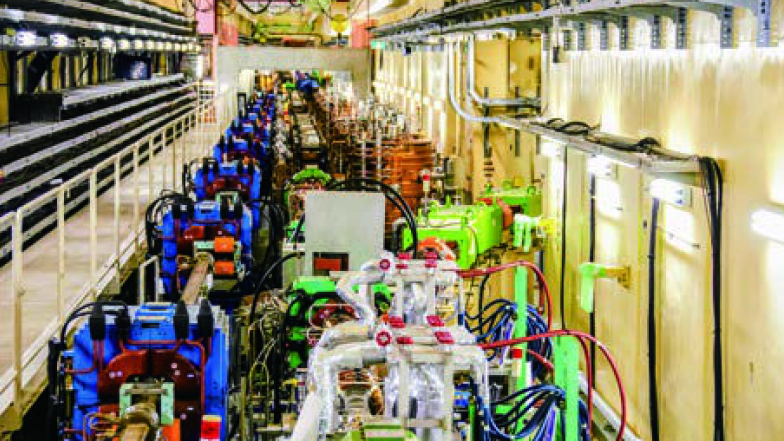
Accelerator Laboratory (ACCL)
ACCL provides researchers in Japan and abroad with a venue for collaborative experiments in fields such as elementary particles, nuclei, materials, and life science through the design, construction, operating maintenance, and performance improvement of the accelerators in KEK. ACCL also conducts international research and development of cutting-edge accelerators for next-generation research and promotes a wide range of activities, such as industrial and medical application of accelerators and provision of superconducting technologies and other advanced accelerator technologies to general industry.
Research
- Operation of SuperKEKB, Photon Factory, Photon Factory Advanced Ring
- Operation and performance improvement of high-intensity proton accelerators
- Operation of medical test accelerator iBNCT
- Applied research using energy recovery linac cERL — Innovation Center for Applied Superconducting Accelerators (iCASA)
- Technology development towards the realization of the International Linear Collider (ILC)
Supporting the Operation of Large Accelerators and Beyond
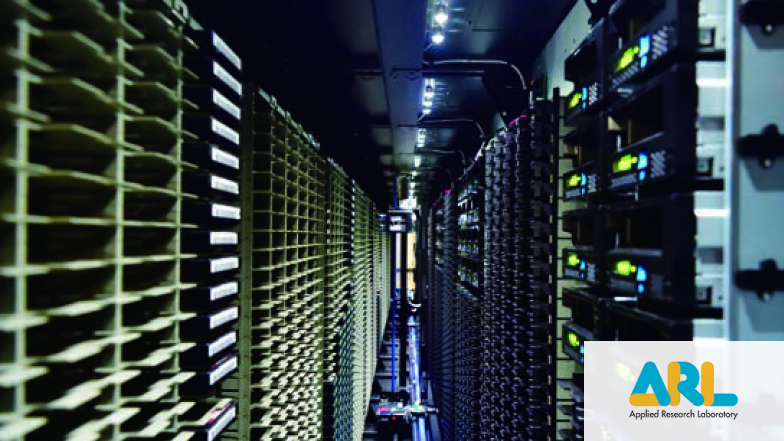
Applied Research Laboratory (ARL)
KEK researches and develops various technologies required for research using accelerators. ARL is engaged in protection from radiation, environmental management, precision measurement, computer and software development, extensive data analysis, network management, developmental research of superconducting electromagnets and precision instruments, liquid helium supply, etc.
Research
- Maintaining radiation and environmental safety in accelerator facilities — Radiation Science Center
- Design and production of experimental equipment, research related to mechanical engineering — Mechanical Engineering Center
- Development of world-class radiation simulation calculation code — Computing Research Center
- Research and development, construction, and operation of superconducting magnets and cryogenic equipment — Cryogenic Science Center
Bringing New Eyes to Humanity
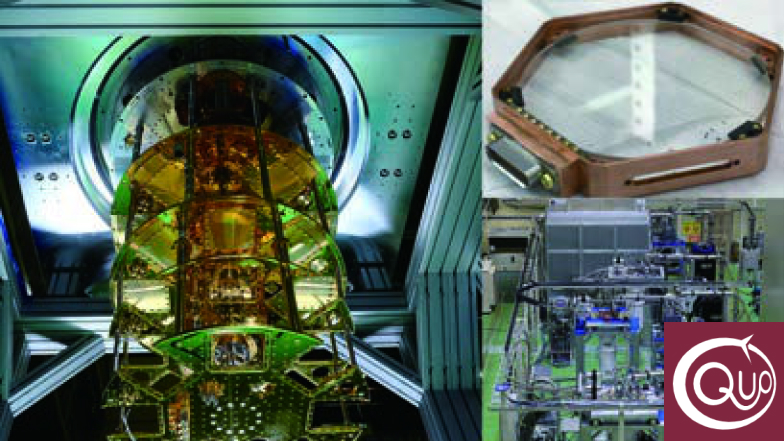
International Center for Quantum-field Measurement Systems for Studies of the Universe and Particles (QUP)
QUP was founded as a center at KEK in December 2021. It integrates particle physics, astrophysics, condensed matter physics, measurement science, and systems science. We will invent and develop new systems for measuring quantum fields, innovate cosmological observations and particle experiments, and discover the true nature of space-time and matter. We will also cultivate applications to various academic fields and social implementation. Our goal is to establish “quantum field measurement systemology.”
Research
- Seeing the quantum field at the beginning of the universe — LiteBIRD project
- Seeing the quantum fields around us — Searching for dark matter
Variety of Research using High-Intensity Proton Beams
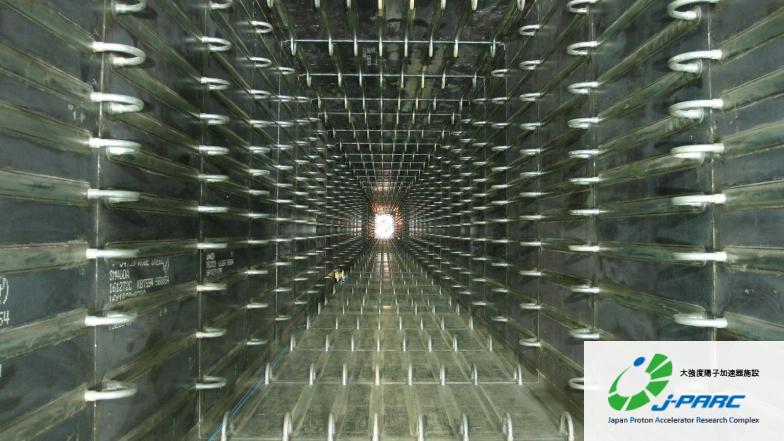
Japan Proton Accelerator Research Complex (J-PARC)
J-PARC is a research facility operated jointly by KEK and the Japan Atomic Energy Agency (JAEA). This multipurpose facility is open to the world and conducts research in a wide range of fields, including particle physics, nuclear physics, materials science, and life science. It uses a variety of secondary particle beams, such as neutrons, muons, K mesons (kaons), and neutrinos generated by the world’s top-class proton beam.
Research
- Investigating the mysteries of matter and antimatter using neutrinos — T2K experiment
- Exploring the origin of the universe by studying elementary particles, atomic nuclei, and nuclear force — Hadron experiment
- Capturing the flow of electricity in future batteries — Neutron diffraction experiment
- Aiming to improve the performance of solar power generation — Muon experiment
KEK and Nobel Prizes
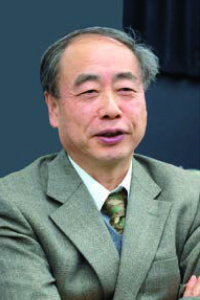
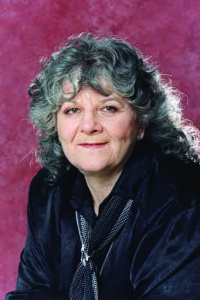
Dr. Kobayashi (left) and Dr. Yonath were awarded the KEK Special Honorary Professor title for their accomplishments
KEK is a research institute with a deep relationship with the Nobel Prize. Several KEK studies have been directly and indirectly connected to past Nobel Prizes. Many cutting-edge studies are also underway that may lead to future such awards. The Belle experiment at the KEK B-factory experimentally proved the Kobayashi-Maskawa theory, for which the 2008 Nobel Prize in Physics was awarded to Dr. Makoto Kobayashi and Dr. Toshihide Maskawa. In 2001, the Belle experiment demonstrated the slight difference in the decay of B mesons and anti B mesons generated by colliding electrons and positrons. The experiment verified the correctness of the Kobayashi-Maskawa theory.
In 2009, Dr. Ada Yonath, an Israeli scientist, was awarded the Nobel Prize in Chemistry for her accomplishment in clarifying the crystal structure of ribosomes, which can be considered protein factories. In the mid-1980s, a Weissenberg camera was completed at the KEK Photon Factory to examine protein structures using synchrotron radiation. Dr. Yonath quickly applied for use to KEK when she found out. It was the beginning of joint research with the facility.
The 2014 Nobel Prize in Physics was awarded to Dr. Isamu Akasaki, Dr. Hiroshi Amano, and Dr. Shuji Nakamura for developing the blue light-emitting diode (blue LED). At the Photon Factory, structural research was also conducted on nitride semiconductor samples prepared in the laboratories of Dr. Akasaki and Dr. Amano.
A joint experimental group led by Professor Emeritus Yoshinori Osumi of the Tokyo Institute of Technology, who won the Nobel Prize in Physiology or Medicine in 2016 for elucidating the mechanism of autophagy, is also conducting experiments at the Photon Factory.
